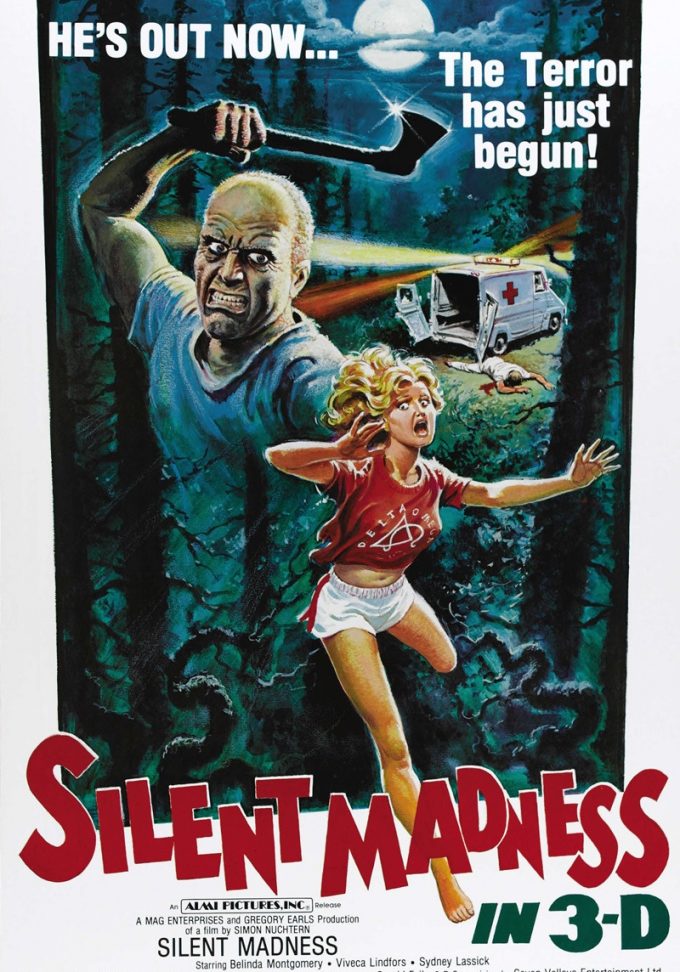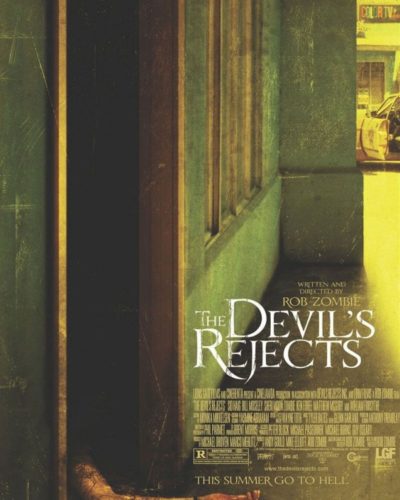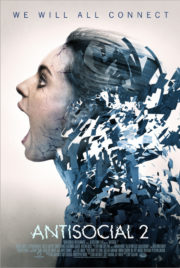Whispers in the Dark: The Echoes of “Silent Madness”
“Eyes are everywhere, but they don’t always see,” a line whispered in the chill-inducing 1984 slasher film “Silent Madness,” directed by Simon Nuchtern. In an era festooned with the haunting melodies of the slasher genre, this film seeks to carve a niche in the towering shadow of its predecessors. The spoiler-free synopsis revolves around a clerical error that leads to the unintentional release of Howard Johns, a man with a murderous past, from a mental institution. As Howard returns to the scene of his original crime, a devoted doctor follows his trail in a bid to prevent the revival of his deadly spree.
The Fabric of Fright: Atmosphere and Tension Weaving
The harrowing journey of “Silent Madness” begins with its capacity to stretch the tendrils of suspense across the screen. Nuchtern administers a drip-fed dosage of foreboding, which allows for a densely woven atmosphere of horror. The film does not necessarily rely on shocking visuals or extravagant set designs, instead, it prides itself on the slow burn; a creeping sense that something is lurking just out of sight.
The director’s strategy for tension feels classical in its approach—long shots of shadow-draped corridors, the distant echoes of an unnerving sound, and the heavy use of anticipation over immediate revelation. This technique, albeit time-worn, remains effective in drawing the noose of unease tighter around the throats of the audience.
Through the Lens of Terror: Cinematography and Sonic Shadows
Visually, “Silent Madness” won’t be hailed for innovative camera work, but there is merit to be found in its straightforward cinematography. Lighting plays a pivotal role in crafting the film’s mood—harsh contrasts create a menacing game of hide-and-seek with the potential dangers. Camera angles are conventional but competent, often framing the victims in claustrophobic close-ups that underline their powerlessness.
The film benefits from a soundtrack that embraces the expected staccato strings and heart-thumping beats characteristic of the genre’s pulse. Astutely placed silence is equally evocative; it’s in the quiet moments that “Silent Madness” often finds its voice. The lack of sound becomes an entity in itself, enveloping scenes in a layer of invisible pressure.
Survival of the Fearful: Cast and Characterization
In a genre often marred by wooden performances, “Silent Madness” boasts a relatively strong cast, anchored by the protagonist’s portrayal, who gives credibility to the archetype of an impassioned professional caught in a waking nightmare. However, the victims often lack a multi-dimensional quality which can lead to a detachment from their fates.
The characters’ believability is a sliding scale that spikes with main roles and plummets with ancillary parts. It is through the protagonists’ eyes and their genuine reactions to horror that viewers are rooted in the narrative’s soil, despite the sometimes lackluster supporting cast.
The horror primarily leverages psychological fear and traditional slasher tactics—we find less of the gore-splattered walls and more knife-edge suspense. Jumpscares, though present, are not overindulged. “Silent Madness” instead prefers to plant the seeds of terror and let the viewer’s imagination do the rest.
Horrors Reflection in the Real: Thematic Undertones
Members of the horror echelon often conceal profound commentaries behind their grisly facades, and while “Silent Madness” touches on issues such as institutional negligence and retribution, it skirts the depths of more penetrating societal critiques. The fear here is a personal, tangible one, with fewer layers of subtext to unravel.
Insanity’s Impact: The Verdict on “Silent Madness”
As a 1984 horror film, “Silent Madness” finds itself at the crossroads between genre-defining giants and the wave of imitators that followed. It doesn’t shatter the mold, but it chisels its name into the vast monument of slasher cinema with a steadied hand.
This movie would most delight those with a fondness for 80s horror nostalgia, and casual viewers looking for an uncomplicated scare rather than seasoned veterans seeking groundbreaking frights. It doesn’t quite ascend to the heights of “Halloween” or “Friday the 13th,” but it’s a serviceable addition to a marathon of classic horror.
In conclusion, “Silent Madness” manifests as a sturdy, if not earth-shattering, piece of the slasher genre. Its strengths lie in its mastery of traditional suspense-building elements and the preservation of the slasher film ethos. However, it could have ventured further into uncharted terror territory and delivered more robust character development. For those with a taste for nostalgia and simpler frights, this film beckons; for those in search of the avant-garde in horror, the echoes of this “Silent Madness” may not resound loudly enough.
Note that the film does include sequences that might be triggering for some, namely violence which is often inherent to the slasher genre, though less graphic than its contemporaries. Whether “Silent Madness” is the choice for your darkened room tonight? That’s for you, intrepid viewer, to decide.




